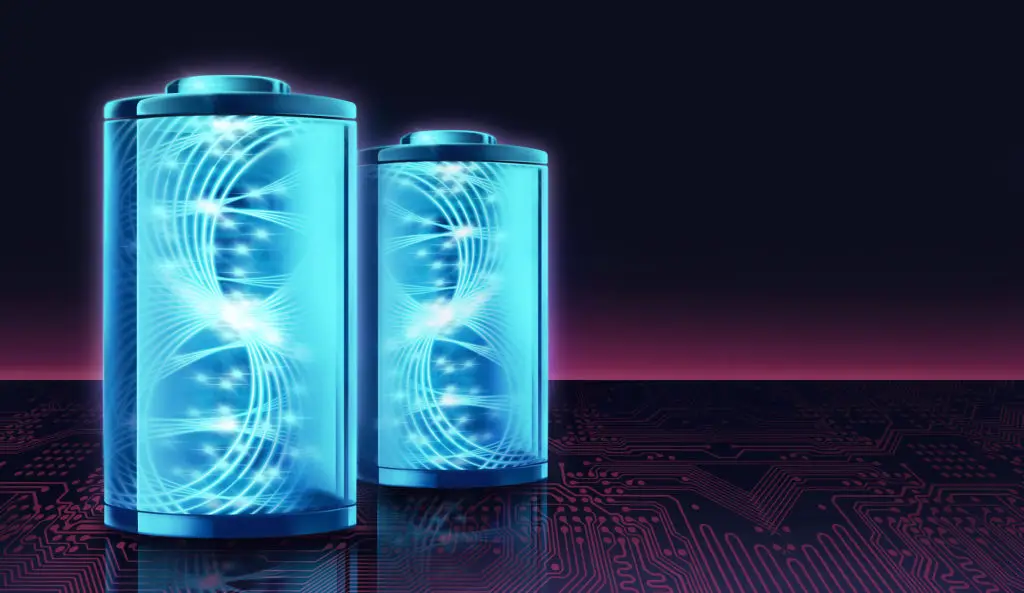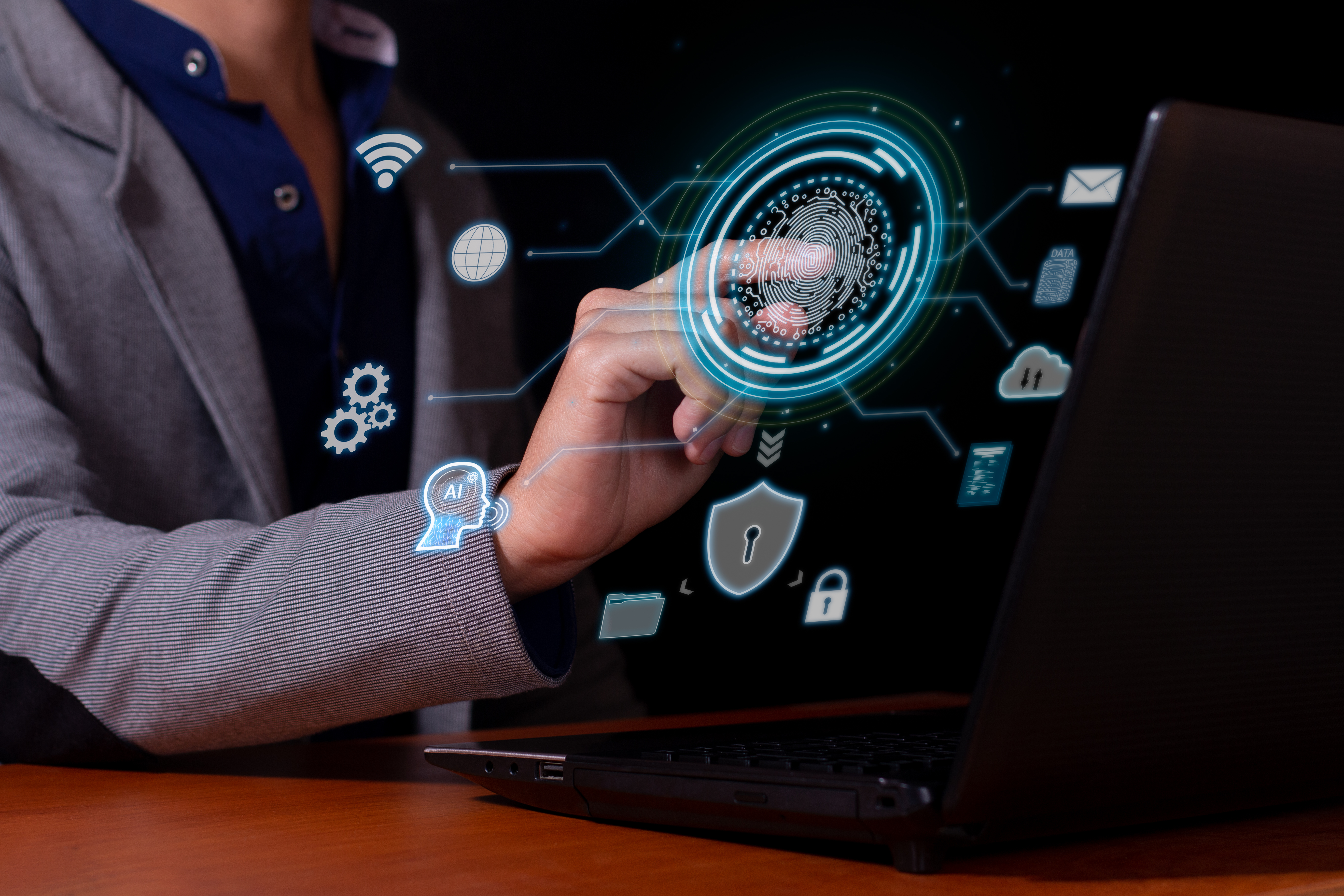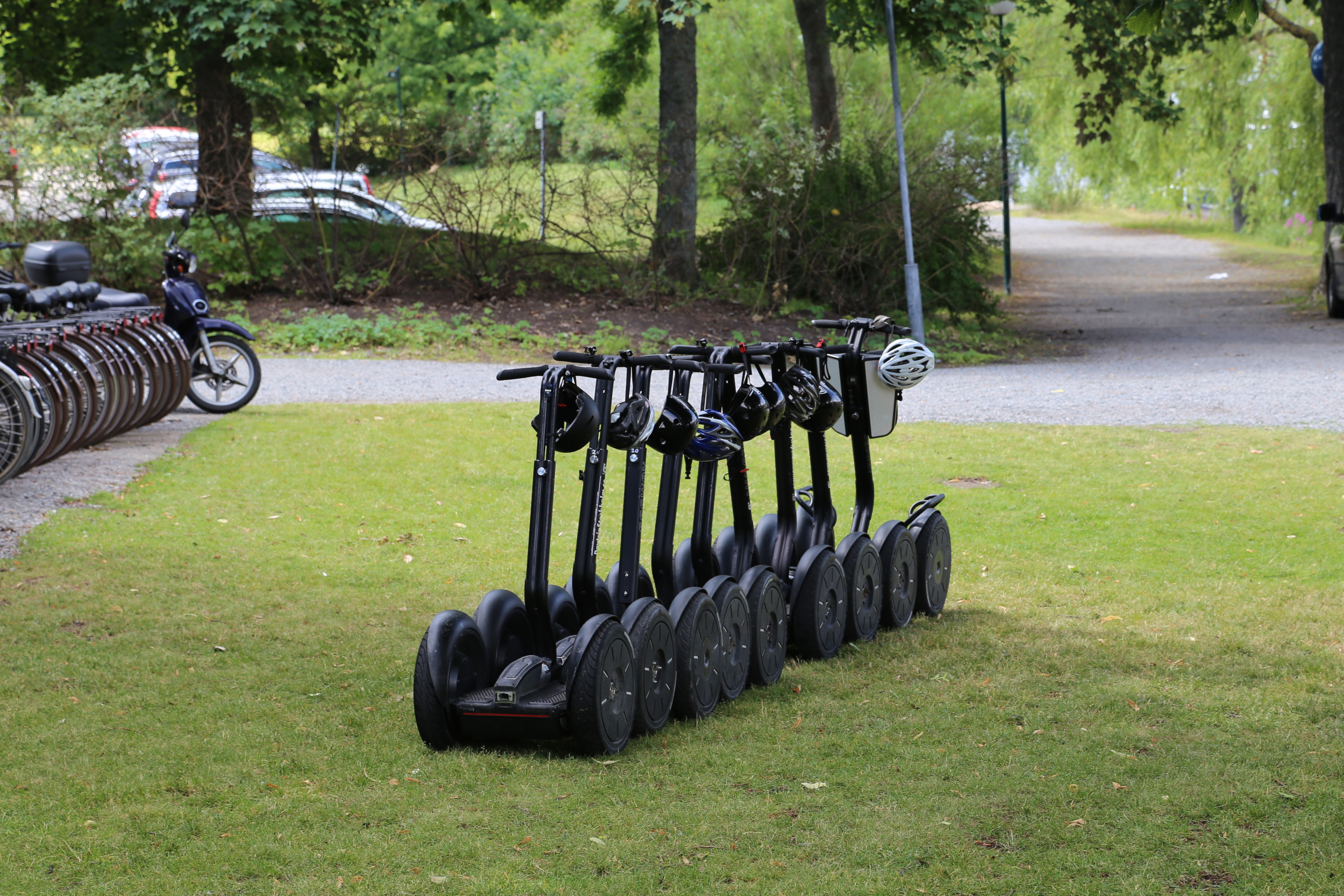From Wearables to Workstations: 11 Devices Defining 2025
In 2025, the world is poised for a technological renaissance that promises to redefine our daily lives. From personal gadgets that seamlessly integrate with our lifestyles to advanced tools reshaping industries, the devices of tomorrow are not just innovations; they are transformative forces. This article embarks on an exploration of the top 11 devices that are set to revolutionize our existence, from the wrist to the workbench. Each section delves into a specific device, highlighting its potential impact and interconnectedness with other technological advancements, painting a comprehensive picture of our near future.
1. Smartwatches: More Than Just Timekeepers

Smartwatches have evolved far beyond mere timekeeping devices; they are becoming essential health companions. In 2025, these wearables are equipped with advanced biometric sensors capable of monitoring everything from heart rate variability to blood oxygen levels and stress indicators. With AI-driven analytics, they provide real-time health insights, alerting users to potential medical issues before they become critical. Integration with telehealth services allows users to share data seamlessly with healthcare providers, ensuring personalized and timely medical advice. As the gateway to personal health management, smartwatches are empowering individuals to take control of their well-being, making them indispensable in our daily routines.
2. Augmented Reality Glasses: A New Lens on Life
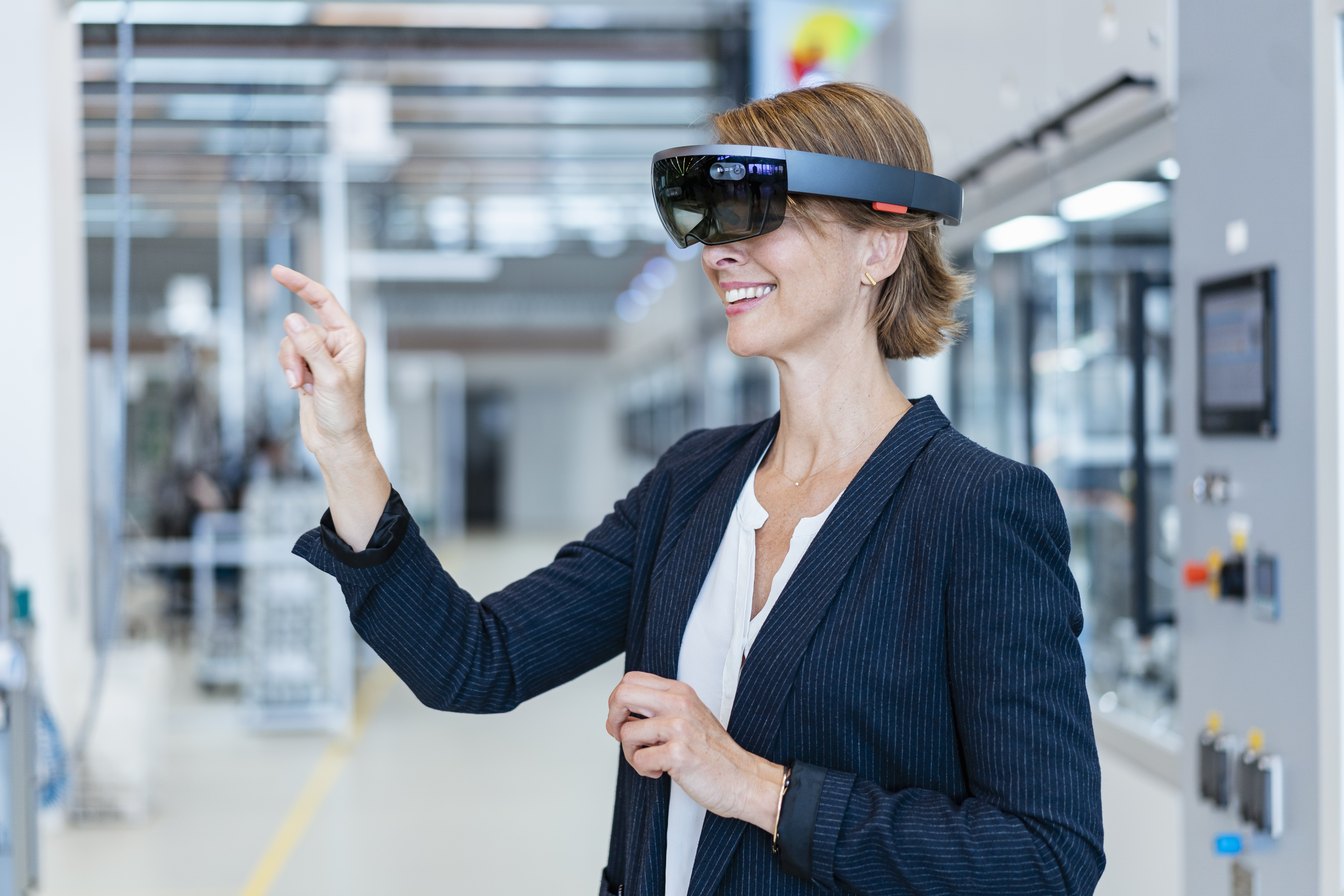
Augmented Reality (AR) glasses are set to redefine how we interact with the world. These devices overlay digital information onto the real world, providing users with a seamless blend of physical and virtual realities. In 2025, AR glasses are expected to be lightweight and stylish, making them a practical choice for everyday use. From navigation assistance to immersive educational experiences, AR glasses enhance productivity and learning. In the workplace, they enable hands-free access to critical information, improving efficiency and safety. As a tool for both leisure and professional environments, AR glasses are a window into a more connected and informed world.
3. AI-Powered Personal Assistants: The Rise of the Digital Concierge

AI-powered personal assistants are becoming increasingly sophisticated, evolving from simple voice-activated tools to comprehensive digital concierges. These devices learn from user behavior, preferences, and routines to offer personalized recommendations and automate daily tasks. In 2025, they are expected to integrate seamlessly with smart home devices, managing everything from energy consumption to security systems. With natural language processing advancements, these assistants will understand context and nuance, providing more accurate and relevant responses. As our digital companions, AI assistants are not only enhancing convenience but also redefining how we interact with technology and manage our lives.
4. Next-Gen Smartphones: The Ultimate Pocket Powerhouse

Smartphones continue to be the epicenter of digital life, and their evolution in 2025 is marked by unprecedented power and versatility. Equipped with foldable screens, these devices offer expanded display options without sacrificing portability. Advances in battery technology mean longer life and faster charging, while enhanced processing power supports complex applications and multitasking. With integrated AI and machine learning capabilities, smartphones offer predictive text, personalized content, and improved user experiences. As the central hub for communication, entertainment, and productivity, next-gen smartphones are indispensable tools that adapt to our ever-changing needs.
5. Quantum Computing: A Leap into the Future
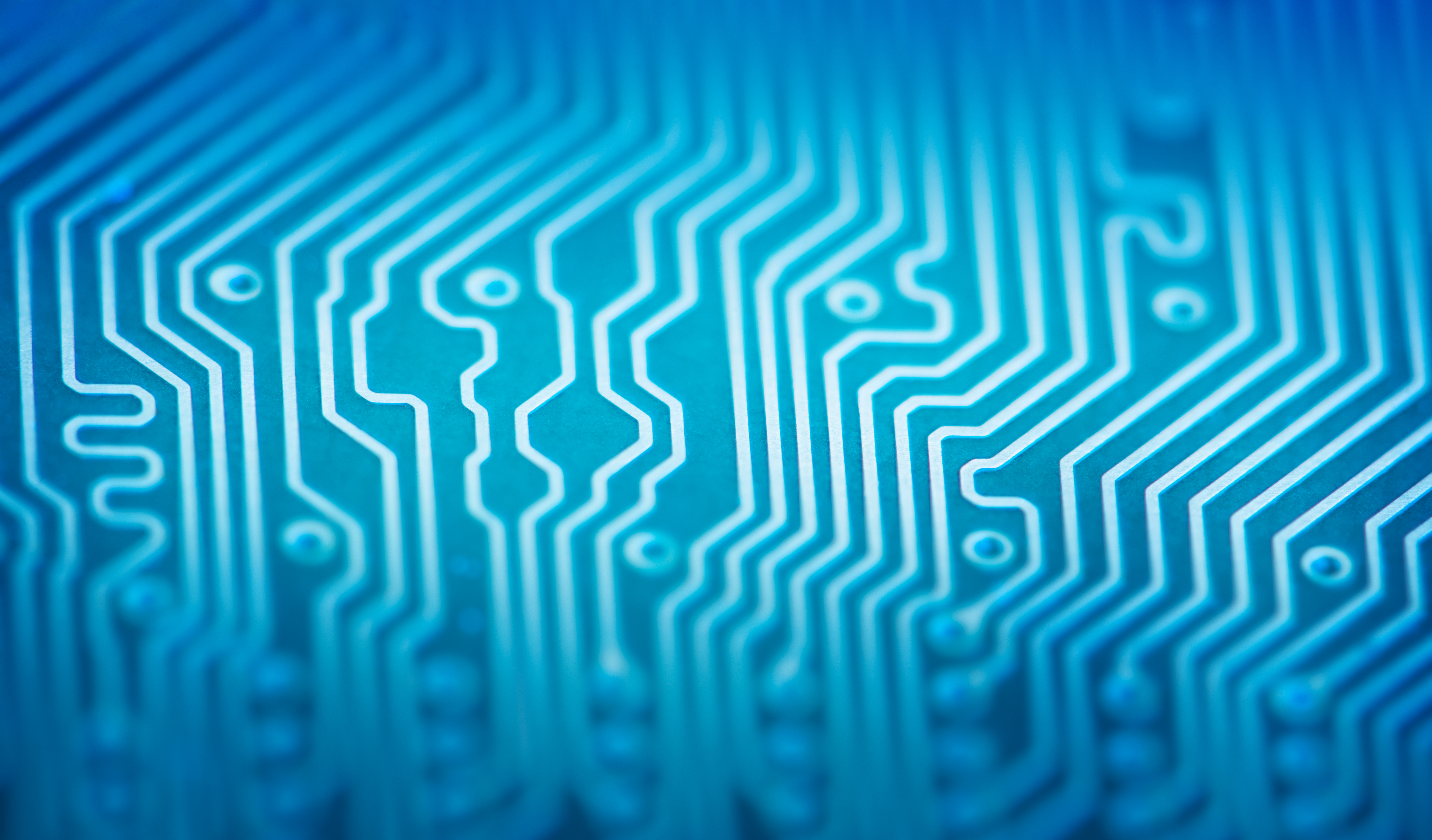
Quantum computing is set to revolutionize industries with its unparalleled processing power. In 2025, quantum computers are expected to solve complex problems that are currently beyond the reach of classical computers, such as drug discovery and climate modeling. These devices leverage the principles of quantum mechanics to perform calculations at unprecedented speeds, opening new frontiers in data analysis and optimization. As quantum computing becomes more accessible, it will drive innovation across sectors, from finance to healthcare, enabling breakthroughs that were once thought impossible. This leap into the future represents a paradigm shift in computational capabilities and problem-solving potential.
6. Autonomous Drones: Transforming Logistics and Beyond
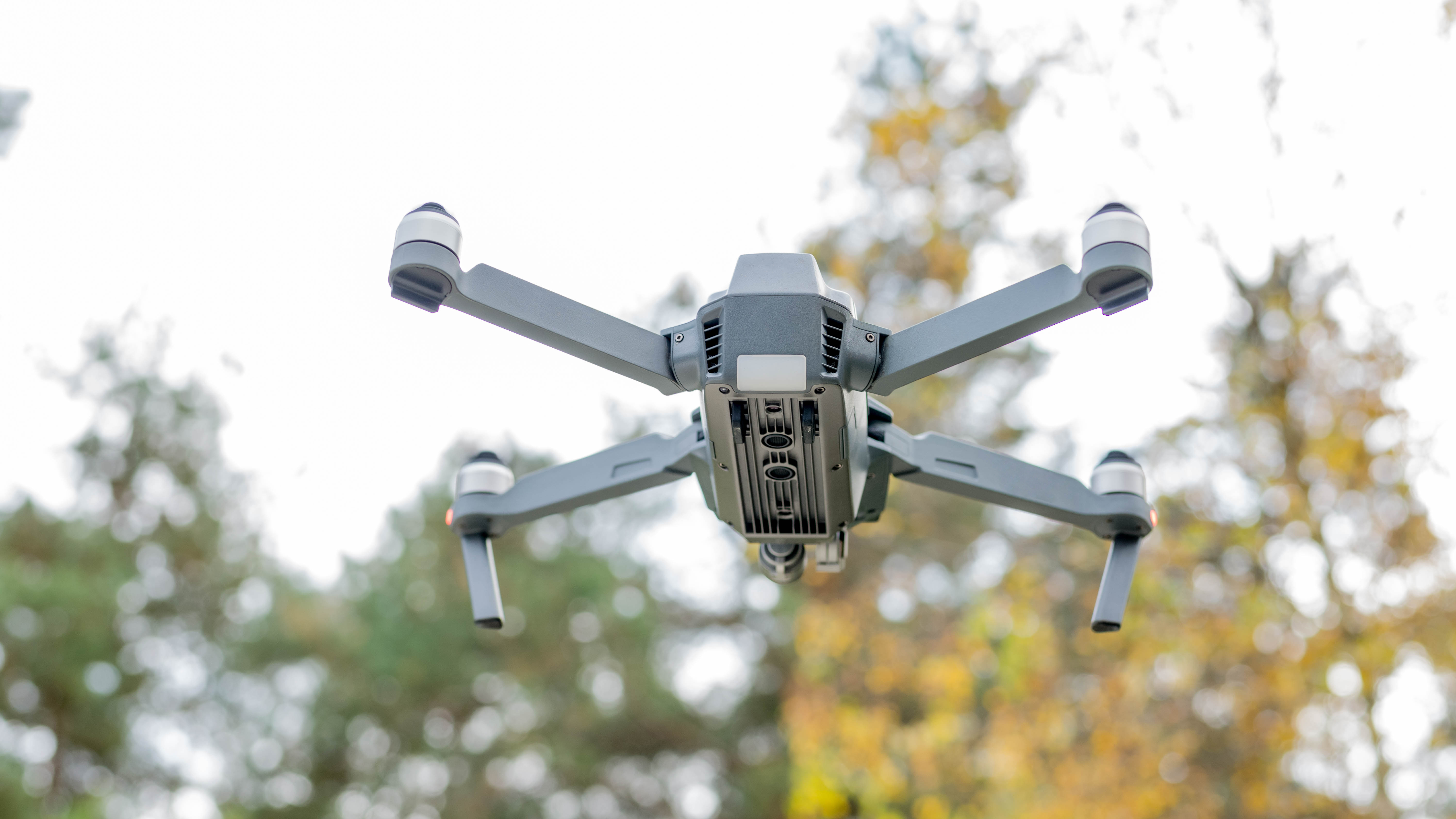
Autonomous drones are on the cusp of transforming logistics, agriculture, and surveillance. In 2025, these devices are expected to operate with enhanced autonomy, navigating complex environments with precision and efficiency. In logistics, drones will revolutionize last-mile delivery, reducing costs and improving speed. In agriculture, they will monitor crop health and optimize resource use, increasing yields and sustainability. Equipped with advanced sensors and AI, drones will also play a crucial role in environmental monitoring and disaster response. As versatile tools for a range of applications, autonomous drones are set to reshape industries and address critical global challenges.
7. Wearable Health Tech: Personalized Medicine at Your Fingertips

Wearable health technology is ushering in a new era of personalized medicine. These devices, ranging from smart patches to bio-integrated sensors, provide continuous health monitoring and real-time data analysis. In 2025, wearables will offer insights into chronic conditions, enabling proactive management and personalized treatment plans. Integration with AI and machine learning will enhance predictive analytics, identifying potential health issues before symptoms manifest. As these technologies become more sophisticated, they will empower individuals to make informed health decisions and improve outcomes. Wearable health tech represents a shift towards a more proactive and personalized approach to healthcare.
8. Smart Home Devices: The Seamless Living Experience
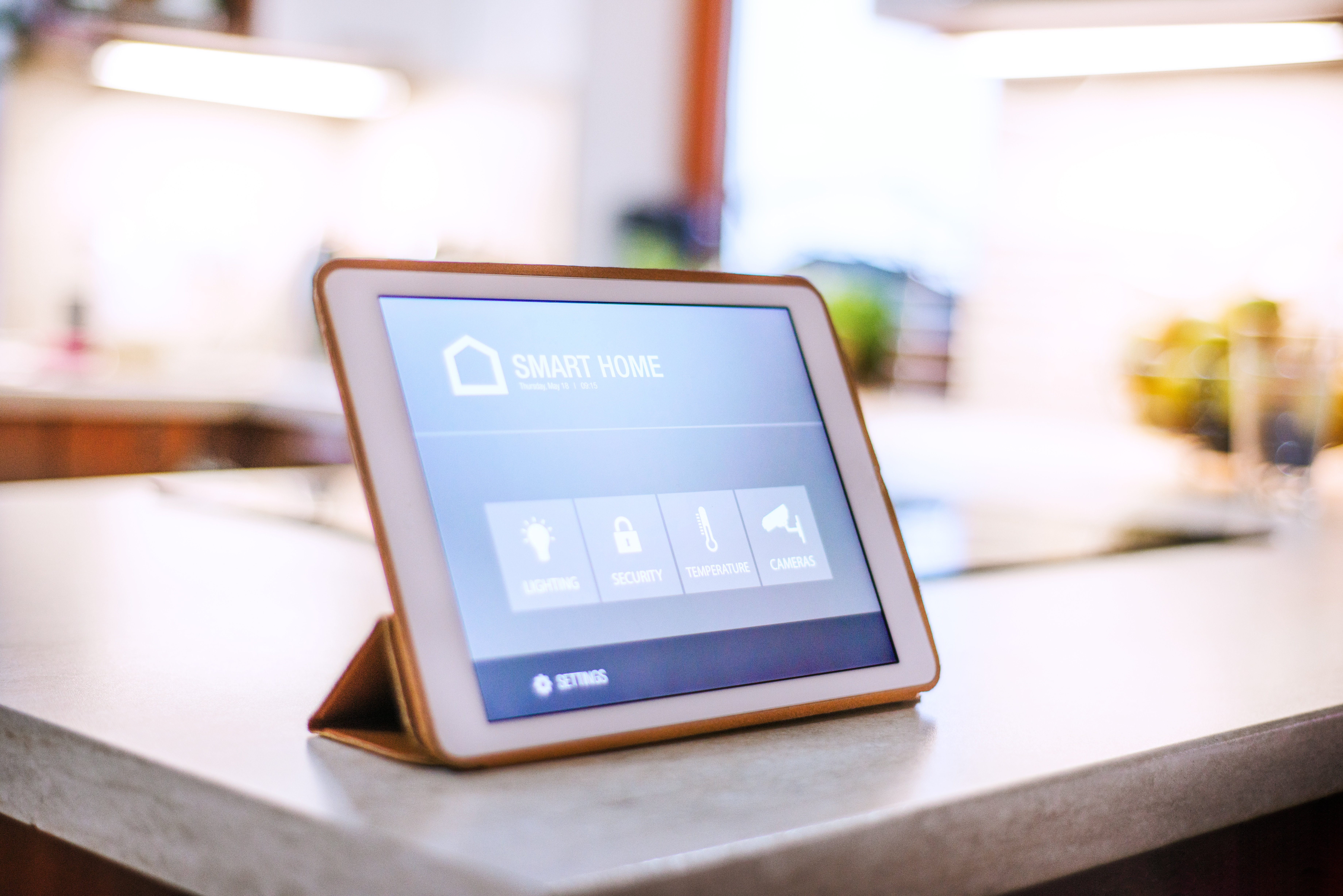
Smart home devices are transforming living spaces into intelligent environments that anticipate and respond to user needs. In 2025, these devices will offer seamless integration, allowing users to control lighting, climate, security, and entertainment from a single platform. Advances in IoT and AI will enable smart homes to learn from user behavior, optimizing energy use and enhancing comfort. With voice and gesture control, interacting with smart home devices will be intuitive and effortless. As the backbone of modern living, smart home technology is creating environments that are not only convenient but also sustainable and adaptive to individual lifestyles.
9. Robotics in the Workplace: The New Co-Workers

Robots are becoming integral to the modern workplace, performing tasks with precision and consistency. In 2025, advancements in robotics will enable these machines to work alongside humans, enhancing productivity and safety. From manufacturing to healthcare, robots will take on repetitive and hazardous tasks, allowing human workers to focus on more complex and creative endeavors. With AI and machine learning, robots will adapt to dynamic environments and collaborate effectively with human teams. As co-workers, robots are transforming industries, driving efficiency, and creating new opportunities for innovation and growth.
10. Advanced Prosthetics: Redefining Human Capability
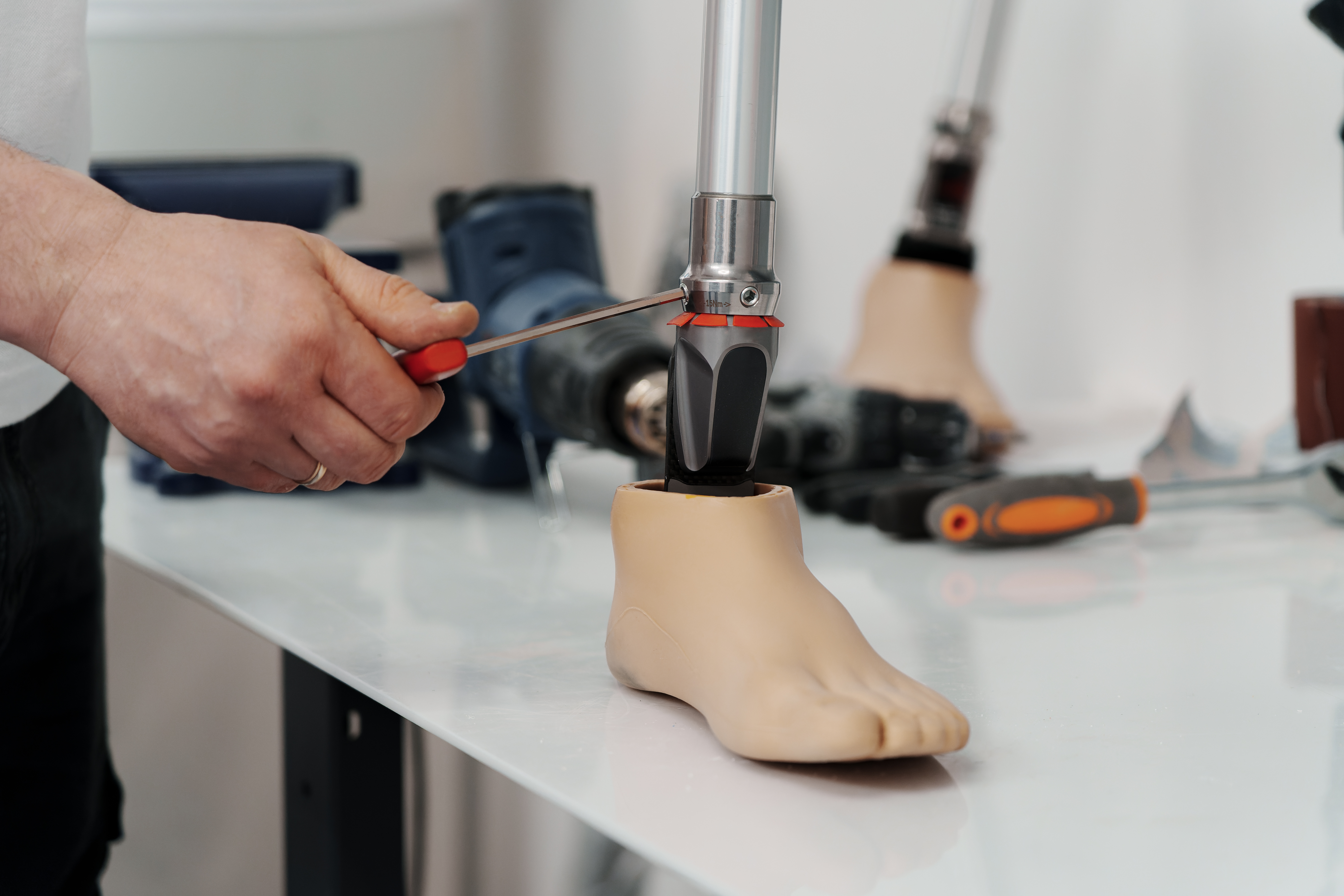
Advanced prosthetics are pushing the boundaries of human capability, offering enhanced mobility and functionality for individuals with limb loss. In 2025, these devices will incorporate cutting-edge materials and technologies, such as neural interfaces and AI-driven control systems, providing users with natural and intuitive movement. As prosthetics become more personalized and adaptive, they will improve quality of life and expand possibilities for users, from athletics to everyday activities. The integration of advanced prosthetics into society represents a significant step towards inclusivity and empowerment, redefining what it means to be human in the age of technology.
11. 3D Printing: Revolutionizing Production and Creativity
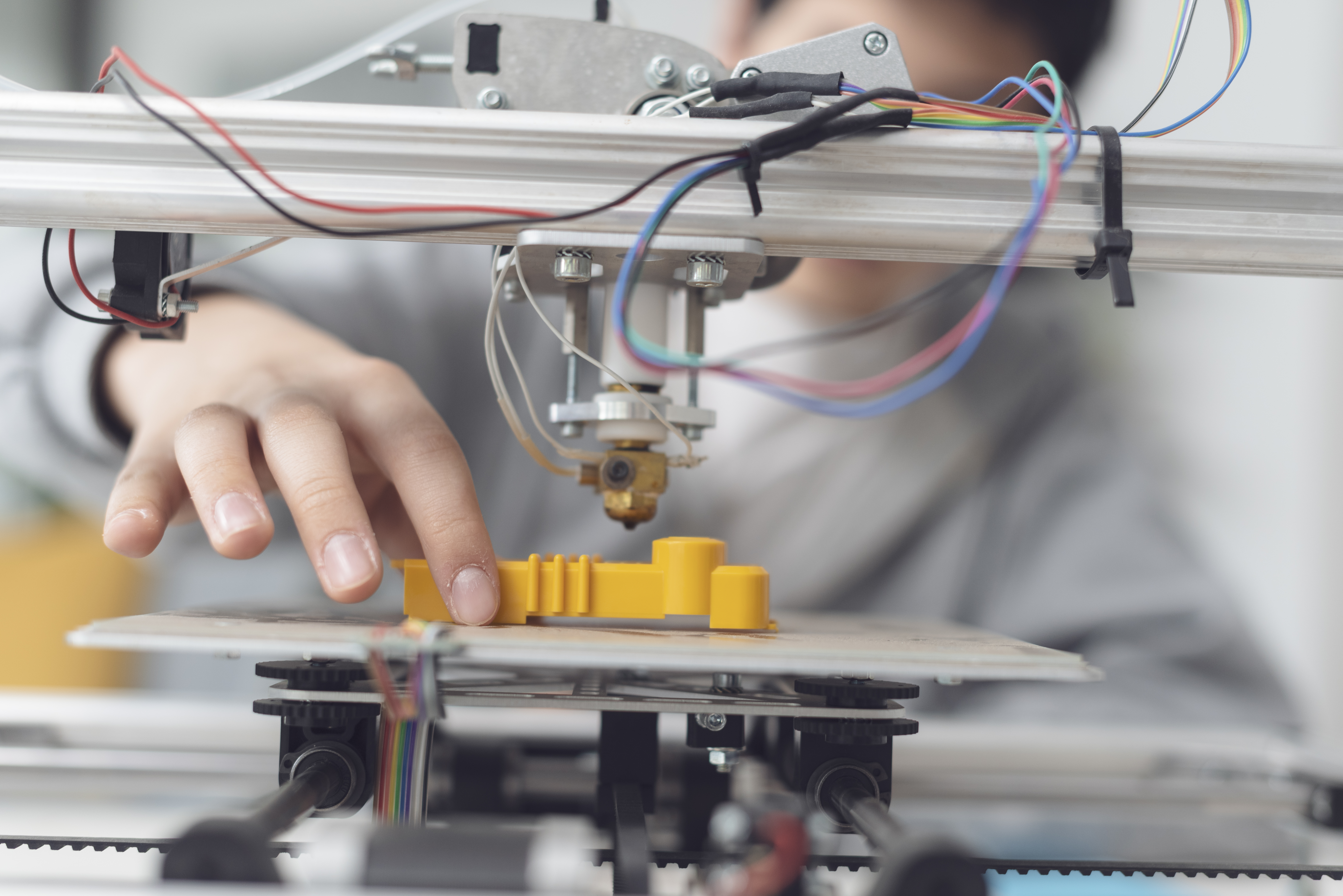
3D printing is revolutionizing production processes across industries, offering unprecedented customization and efficiency. In 2025, advances in materials and printing techniques will enable the creation of complex structures with precision and speed. From healthcare to aerospace, 3D printing is reducing costs and waste, while allowing for innovative designs and rapid prototyping. As this technology becomes more accessible, it will empower individuals and businesses to bring their ideas to life, fostering creativity and innovation. The impact of 3D printing extends beyond manufacturing, influencing art, education, and sustainability, making it a cornerstone of the future economy.
Embracing the Future
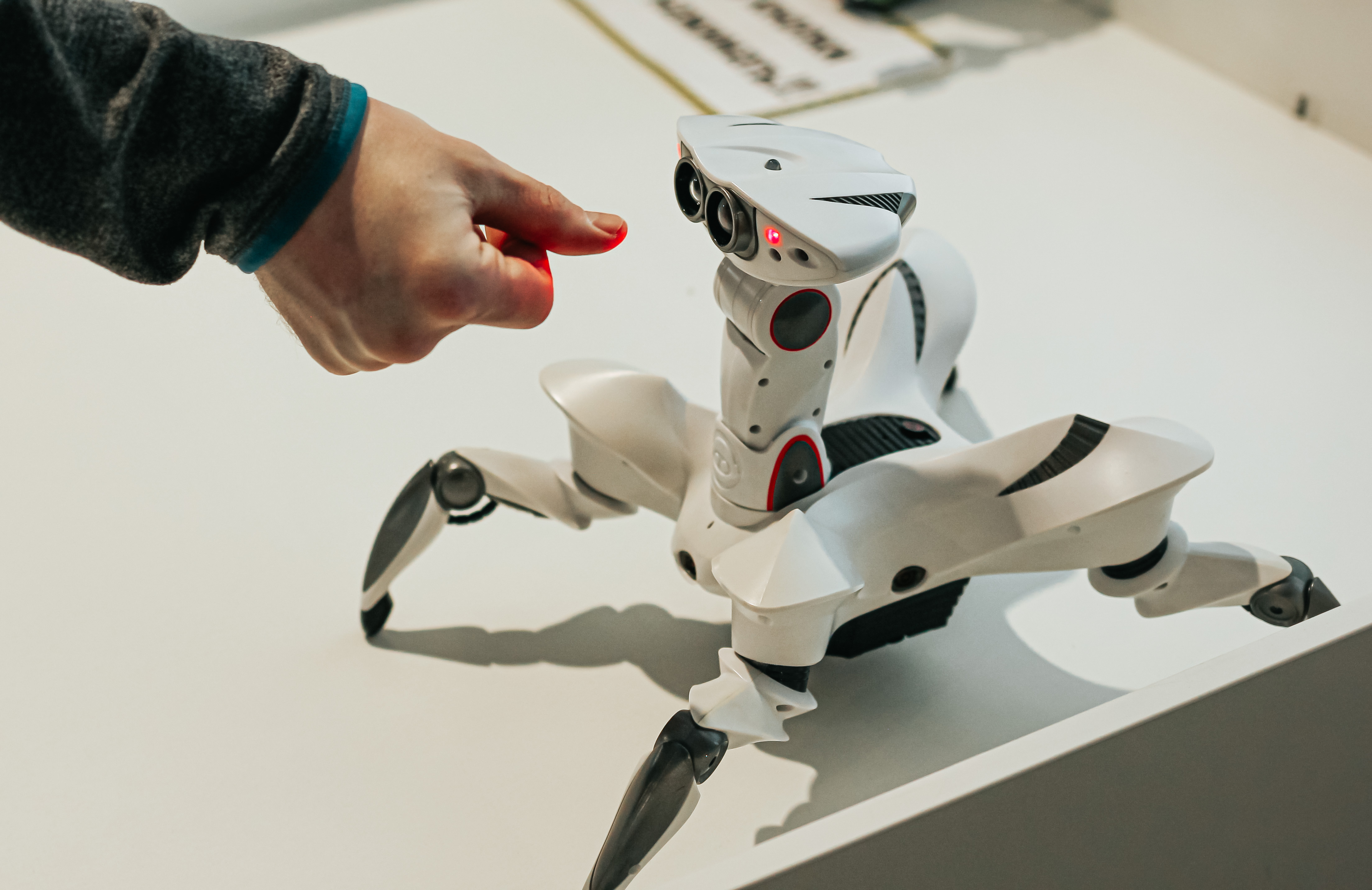
As we embrace the technological advancements of 2025, it is clear that these devices are more than just tools; they are catalysts for change. From enhancing personal health to transforming industries, each device plays a crucial role in shaping a more connected, efficient, and innovative world. The interplay between these technologies creates a dynamic ecosystem that drives progress and addresses global challenges. As we navigate this new era, it is essential to consider the ethical implications and ensure that technology serves humanity's best interests. By embracing the future with responsibility and foresight, we can harness the potential of these devices to create a better, more sustainable world for all.
